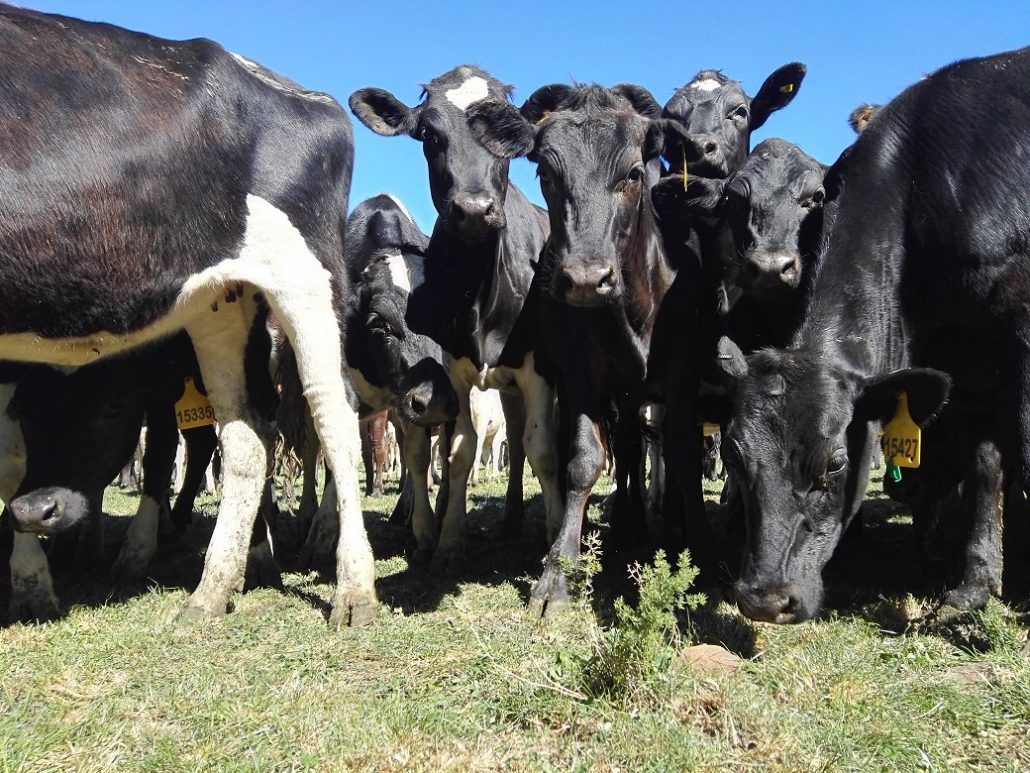Weeds in between lush pasture grasses are not only an eyesore but pose a serious threat as they compete with grass for space, water, light and nutrients. There are various definitions of what is considered as being a weed, but one I am sure resonates most is that it is a plant growing where it is neither sown nor wanted1.
As unwelcome as weeds are, they are telling a tale about underlying problems in the system. Weeds thrive in conditions that are indicative of poor soil health such as compaction (structure), imbalanced nutrients (fertility) and low microbial activity (life). Implementing practices that improve soil health (e.g. building up organic matter) will help the soil be more resistant to weed invasion.
Another important factor to consider is the diversity of the pastures. A single species pasture, with unhealthy soil, is more likely to be invaded by weeds than one with multi-species. A greater diversity of species planted in pastures helps combat the invasion of weeds2. Multi-species in pastures create a competitive environment that is dominated by the intended species, preventing weeds from flourishing. Multi-species also improve soil health by building soil organic matter, elevating the poor soil health conditions that weeds thrive in.
Soil is truly amazing. If it is struggling to remedy itself, it will show you. Weeds are a symptom of conditions deteriorating soil health and resultantly, pasture health. Listen to weeds by evaluating your soil (using soil test results), diversity of grazing crops and management practices. With this in place, you will be well on your way to growing healthy pastures.
References:
- http://extension.psu.edu/pests/ipm/schoolschildcare/schools/educators/curriculum/weeds/introweeds (Accessed on 29 March 2017).
- http://www.nodpa.com/production_forage_diversity_part2_august_2011.shtml (Accessed on 29 March 2017)
- Meet Adele Bain: The trendsetting, animal-loving dairy farmer - 2017-12-05
- Breaking the wind for increased pasture wellbeing - 2017-11-30
- Mutualism:What benefits the land, benefits us - 2017-10-30

